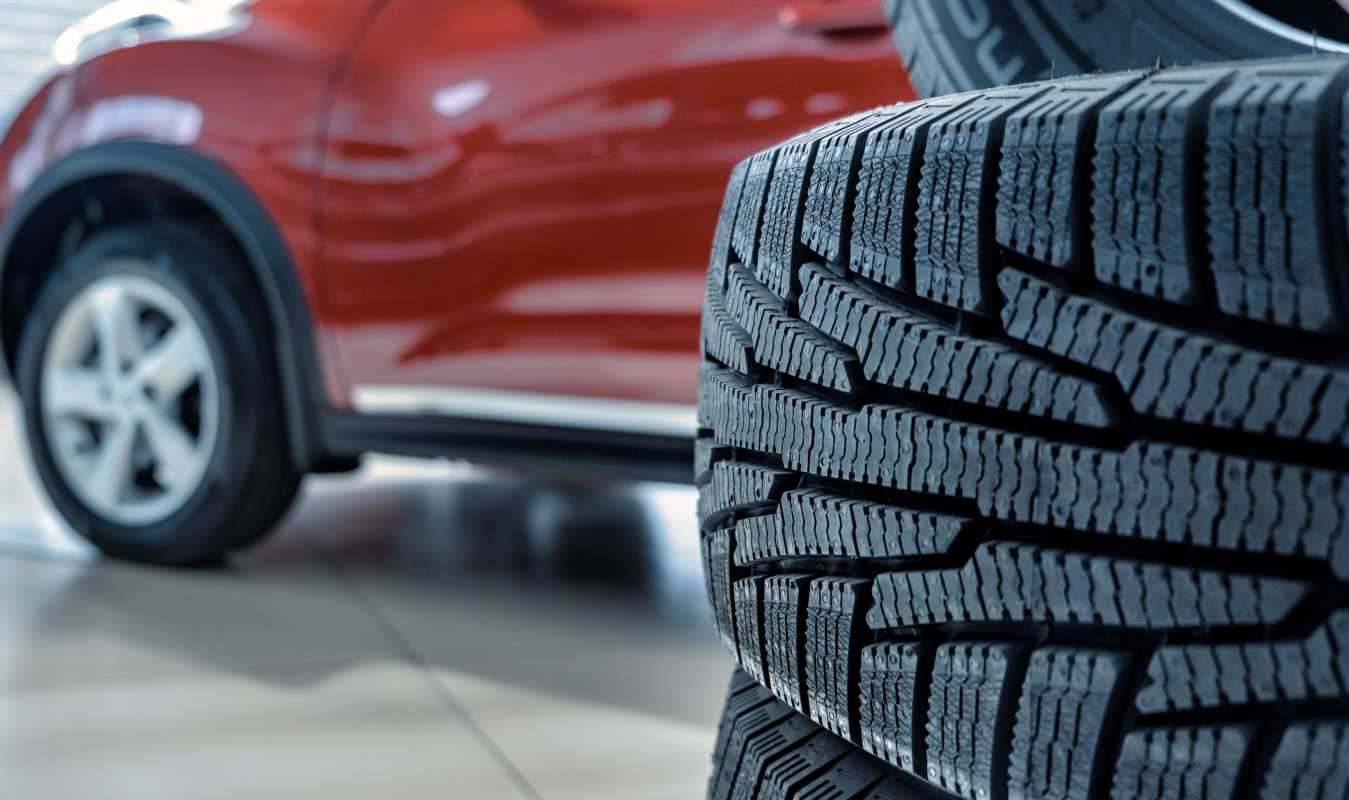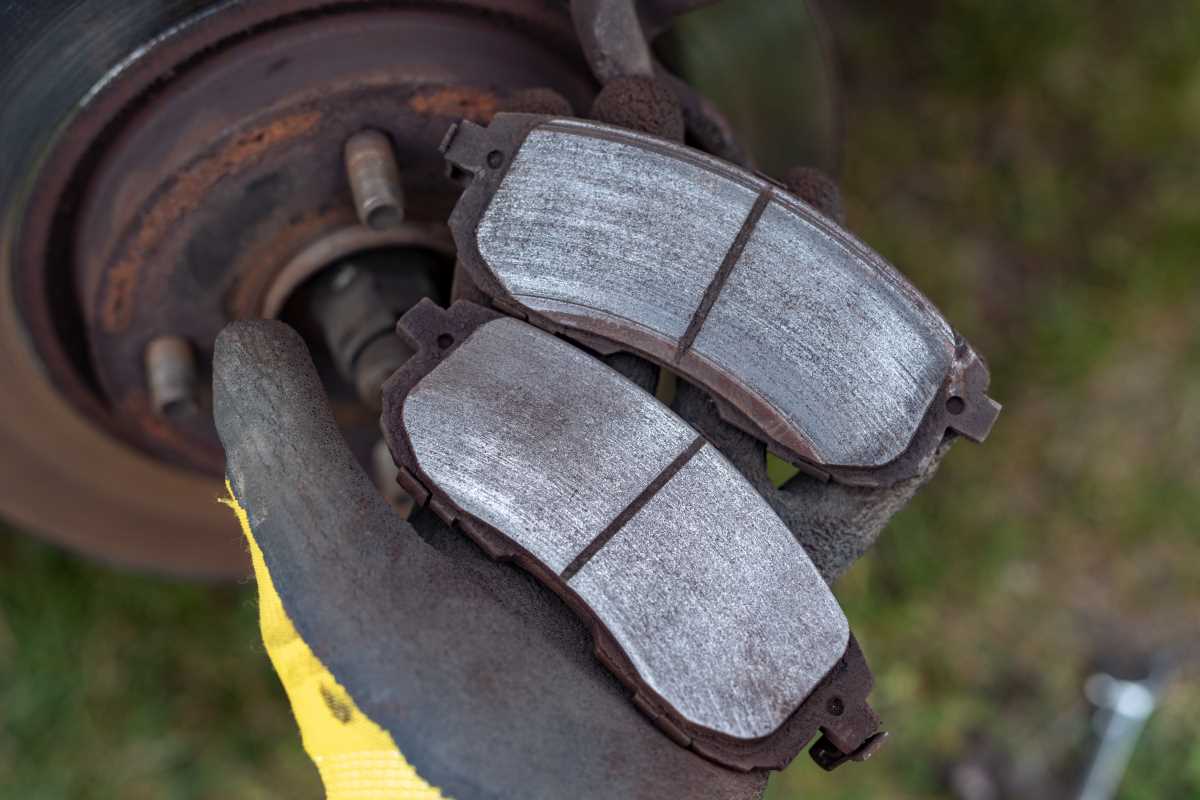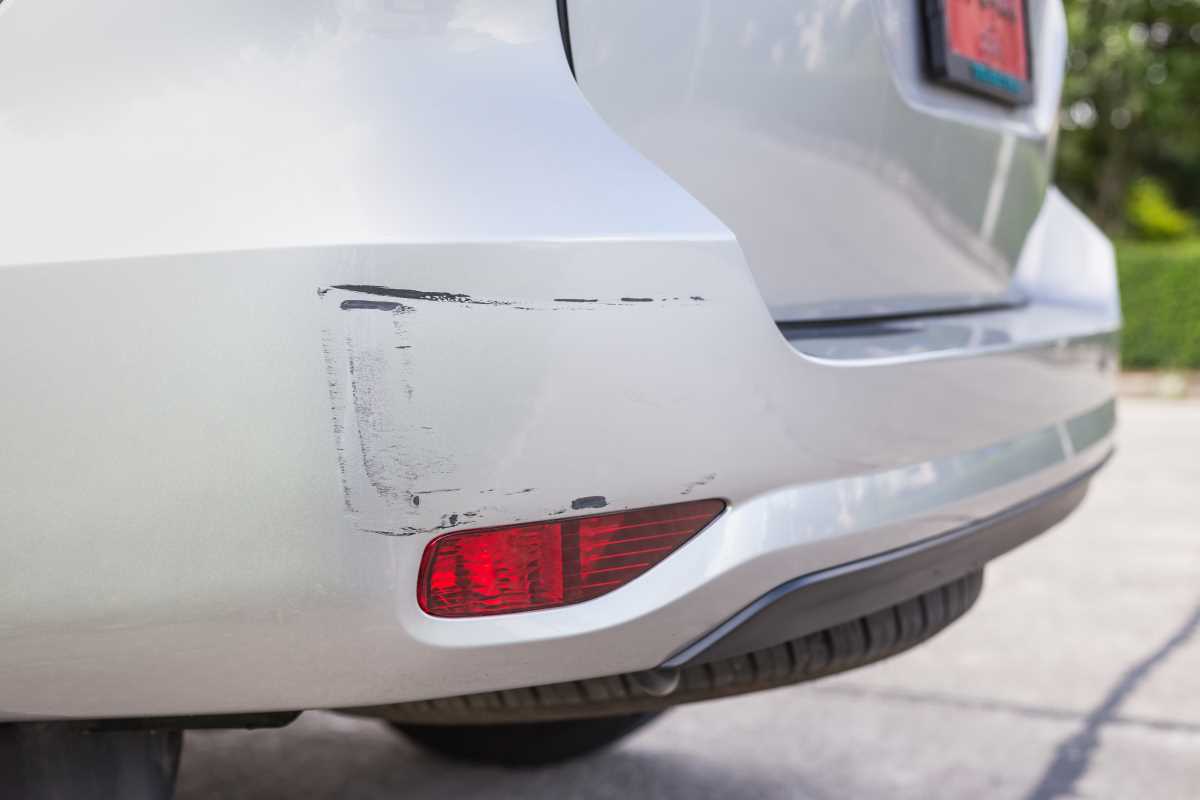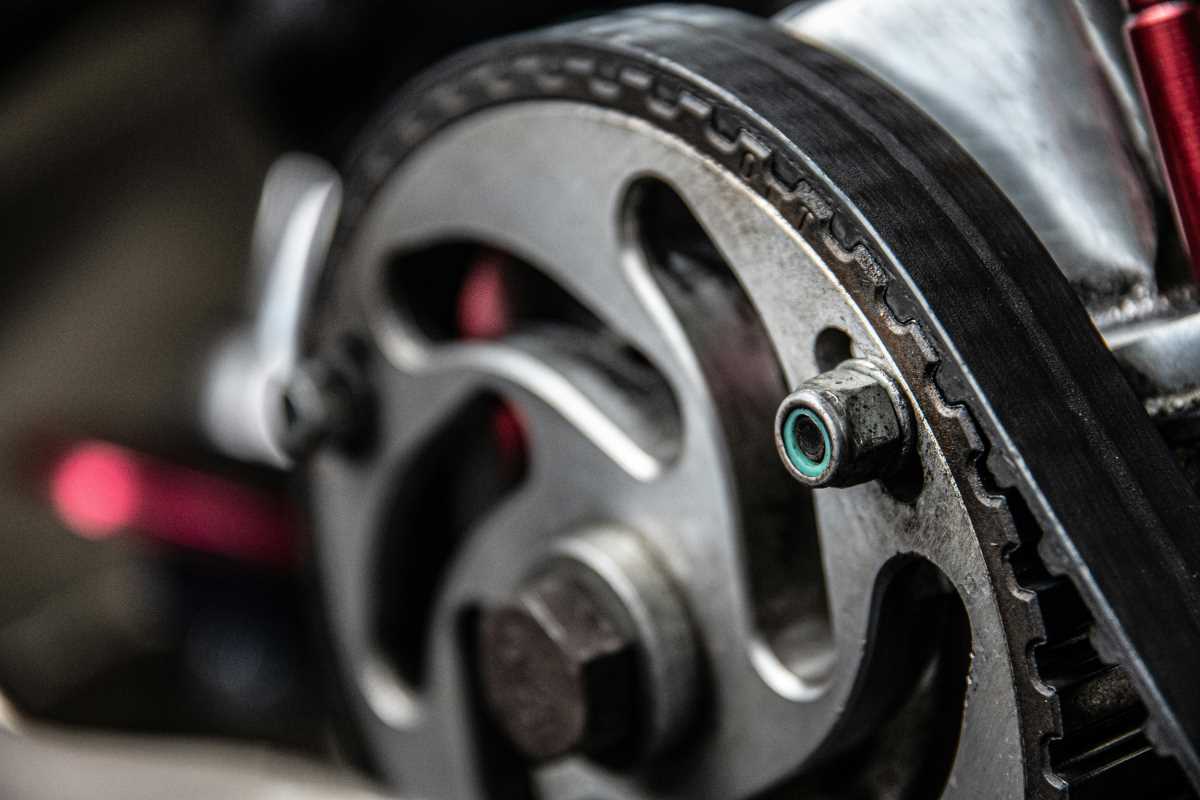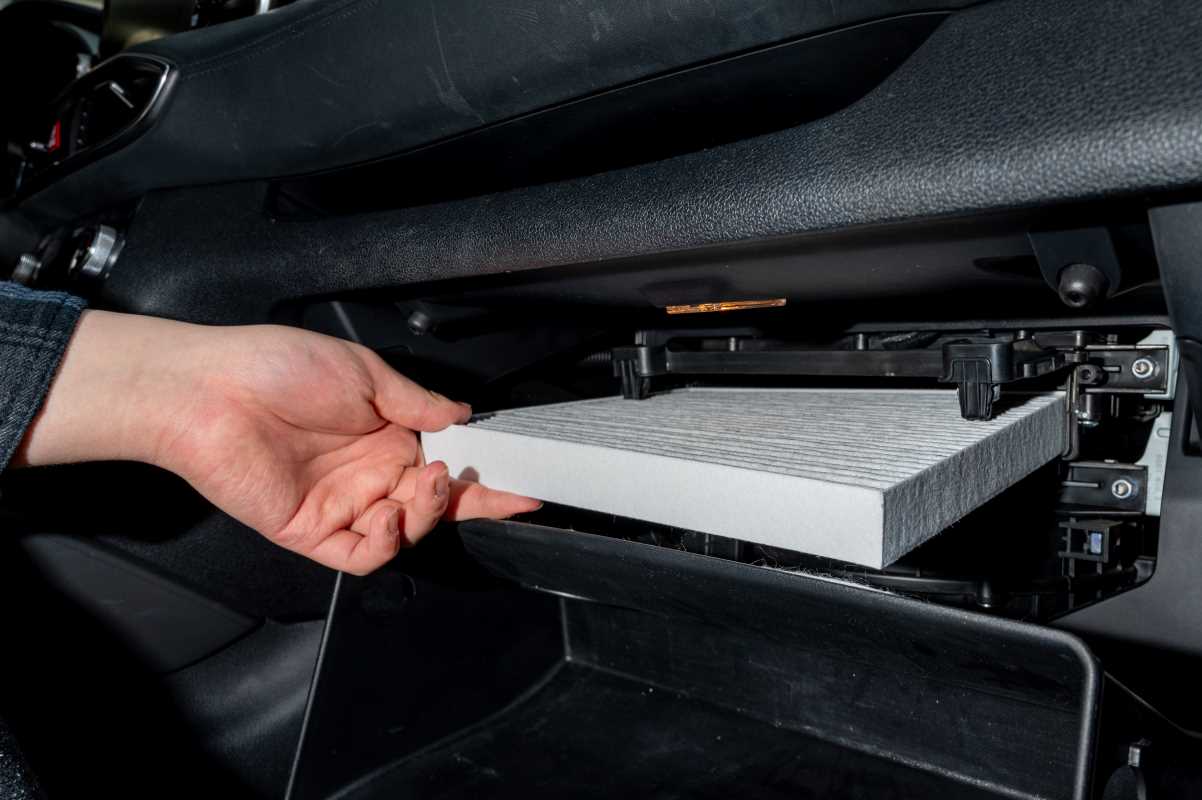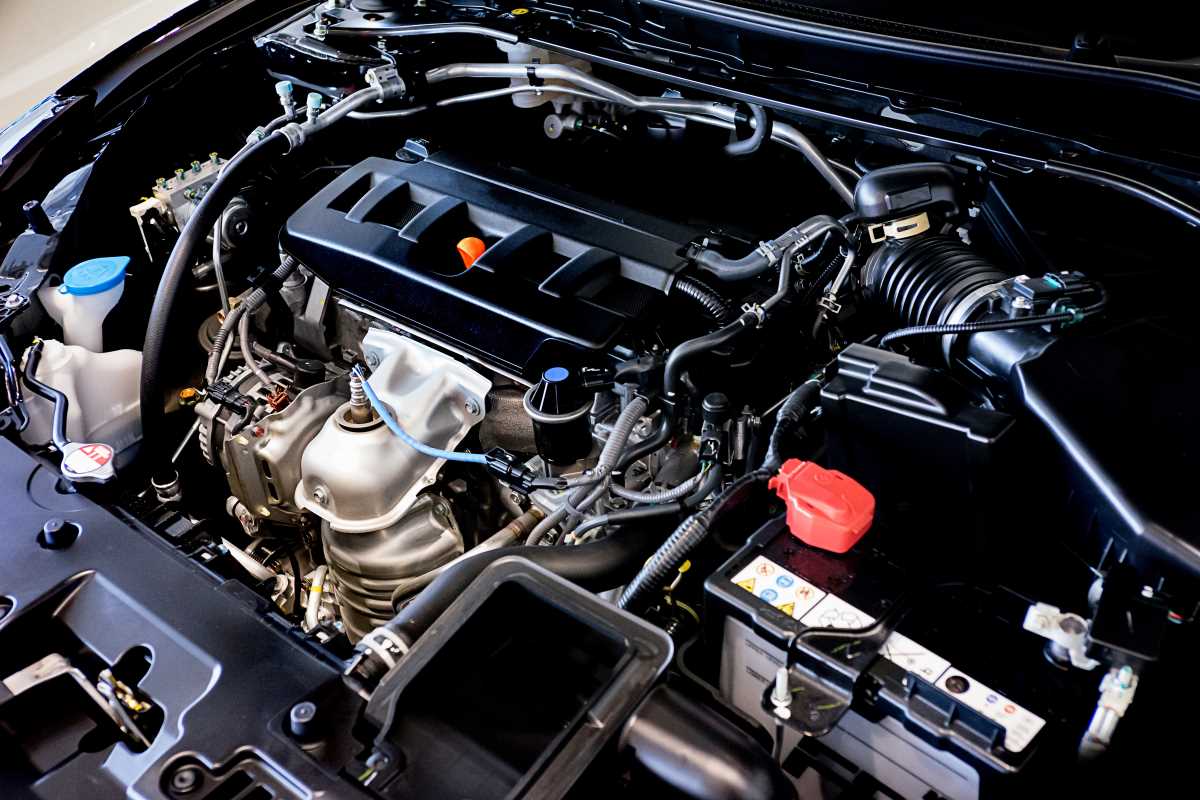Spotting a mysterious puddle under your car can be alarming. While some drips are harmless, others can signal a serious problem that puts your safety at risk, threatens a major breakdown, and can even harm the environment. Ignoring a small leak is one of the biggest mistakes a car owner can make, as it allows a simple, inexpensive fix to turn into a catastrophic failure and a massive repair bill. Learning to play detective and identify what’s dripping from your car is a crucial skill. It empowers you to address minor issues yourself and know when to call a professional before disaster strikes, saving you time, money, and stress.
The Driveway Detective: Finding the Drip
The first step in diagnosing a leak is confirming you have one and figuring out where it's coming from. The easiest method is to slide a large, clean piece of cardboard under your car after you park it for the night. In the morning, any drips will be clearly visible on the cardboard, giving you a perfect map of the leak's location and color. If you're out and about, you can use your parking spot as a clue, noting where the drips are relative to the engine, wheels, or middle of the car. This simple observation is your starting point for identifying the culprit.
What Color Is Your Leak? Identifying Fluids
Cars use several different fluids, and their distinct colors, smells, and textures are the best clues for identification. Engine oil is typically light brown to black and feels slick. Transmission fluid is often reddish or brown, also with an oily feel. Coolant, or antifreeze, is the most colorful, appearing as bright green, pink, or orange, and it has a distinctly sweet smell. Power steering fluid is often a light red or brown, similar to transmission fluid. Brake fluid is nearly clear to yellowish-brown and is very slippery. Clear, odorless water dripping from under the engine area, especially on a hot day, is almost always just normal condensation from your air conditioning system and is nothing to worry about.
Common Sources of Leaks and Simple Checks
Once you identify the fluid, you can start hunting for the source. Engine oil leaks often come from a loose oil drain plug, a poorly sealed oil filter, or a failing valve cover gasket at the top of the engine. For coolant leaks, check the radiator for damage, inspect the rubber hoses for cracks, and check the hose clamps to ensure they are tight. The water pump is another common source for coolant drips. Transmission fluid often leaks from the pan gasket at the bottom of the transmission or from axle seals where the drive axles enter the transmission. Brake fluid leaks are a major safety concern and can come from cracked rubber lines, corroded metal lines, or failing wheel cylinders or calipers.
DIY Fixes vs. Calling a Professional
Many simple leaks are manageable for a DIY mechanic. You can often stop a coolant leak by carefully tightening a hose clamp with a screwdriver. Replacing a leaking oil drain plug washer during your next oil change is another easy fix. If you find a cracked windshield washer fluid hose, you can typically trim the bad section and reconnect it or replace the hose for just a few dollars. For more elusive oil or coolant leaks, you can add a special ultraviolet (UV) dye to the system. After driving for a bit, you can use a UV light to make the leak glow brightly, pinpointing its exact source.
However, some jobs should always be left to a professional. Any leak involving the brake system is a top priority and requires immediate expert attention, as a loss of brake fluid means a loss of stopping power. Strong gasoline smells also indicate a dangerous leak that needs to be fixed by a pro. Complex jobs like replacing a steering rack or a transmission pan gasket are often best left to those with the right tools and experience.
Safety First and Final Checks
When hunting for leaks, never work under a car that is only supported by a jack; always use sturdy jack stands. Be mindful that engine components can be extremely hot. Never overtighten a clamp or bolt, as you can strip the threads or crack a plastic part, making the leak worse. While "stop leak" additives can be a tempting quick fix, they should be considered a temporary, last-resort measure, as they can sometimes clog other parts of the system. After performing any repair, clean the area thoroughly and monitor it for the next few days to ensure your fix was successful. Addressing a small drip early is one of the smartest things you can do to keep your high-mileage hero running reliably for years to come.
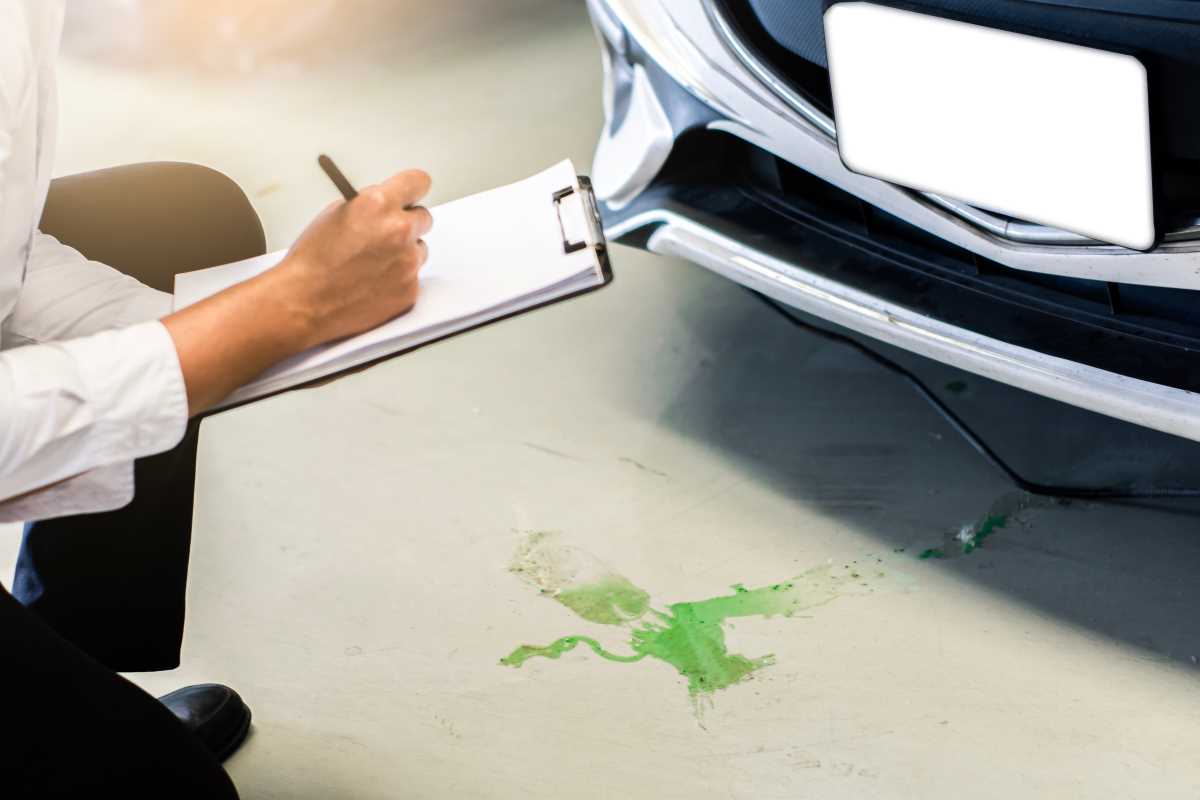 (Image via
(Image via